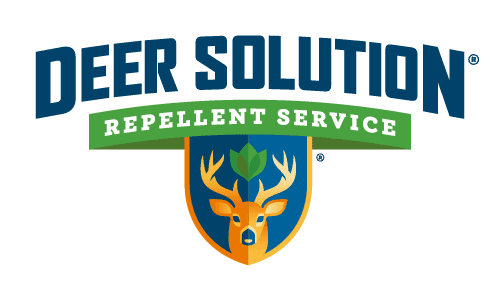In the heart of upstate New York, Cortland County’s serene landscapes are facing an escalating threat that, despite its quiet nature, leaves a visible mark on the local environment: Deer Damage.
Deer Damage Unveiled: A Growing Concern
Nestled amidst the natural beauty, Cortland County is grappling with an unexpected adversary: the white-tailed deer. Reports from environmental agencies and concerned residents reveal an uptick in deer damage, posing a significant challenge to the region’s flourishing flora.
The elegant white-tailed deer, known for their graceful presence, has unintentionally become an agent of destruction in Cortland County. Their voracious appetite for foliage, particularly during harsh winter months, has resulted in widespread damage to trees and other vegetation.
From young saplings to mature trees, no plant seems immune to the impact of deer browsing. Local ecologists and arborists have been witness to the direct consequences of this phenomenon.
By selectively feeding on specific plant species, deer disrupt the delicate balance of the ecosystem. The long-term effects on biodiversity, soil health, and the overall resilience of the region’s vegetation are now becoming apparent.
Can Trees Recover from Deer Damage? A Hopeful Exploration
Amidst the concern and challenges posed by deer damage, there is a glimmer of hope: the potential for trees to recover. Research conducted by experts in forestry and ecology suggests that many tree species possess an innate ability to regenerate and rebound from deer browsing.
Studies indicate that, given the right conditions, trees can produce new growth, especially during the spring and summer months. While repeated browsing can hinder the growth and development of young trees, resilient species may eventually outgrow the impact of deer damage.
However, the road to recovery is not without its hurdles. The extent of damage, the specific tree species affected, and environmental factors all play a crucial role in determining the recovery potential.
Furthermore, ongoing efforts to address the root causes of deer overpopulation, such as habitat loss and fragmented ecosystems, are essential for long-term success.
A Community in Action: Cortland County’s Response to Deer Damage
As the community grapples with the challenges posed by deer damage, local authorities, conservation groups, and concerned residents are joining forces to find sustainable solutions. Awareness campaigns, educational programs, and collaborative efforts are underway to shed light on the importance of coexistence and responsible wildlife management.
Residents are encouraged to report instances of deer damage to local authorities, contributing to a better understanding of the scope of the issue. Additionally, initiatives to promote native plantings and landscape designs that deter deer are gaining momentum, offering a proactive approach to mitigating the impact on local flora.
The Way Forward: Balancing Conservation and Coexistence
In the face of escalating deer damage, Cortland County stands at a crossroads, seeking a balance between conservation and coexistence. As the community collectively grapples with this challenge, the spotlight is on finding innovative and sustainable solutions that safeguard the region’s natural beauty.
Deer damage may be a formidable adversary, but with concerted efforts, informed decision-making, and a shared commitment to environmental stewardship, Cortland County can navigate this silent battle and emerge with a landscape that thrives for generations to come.












